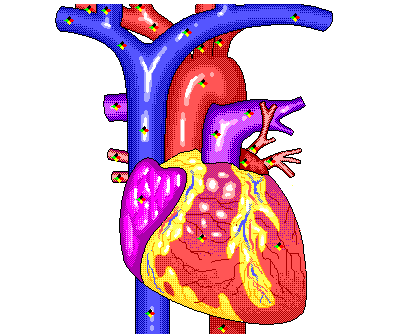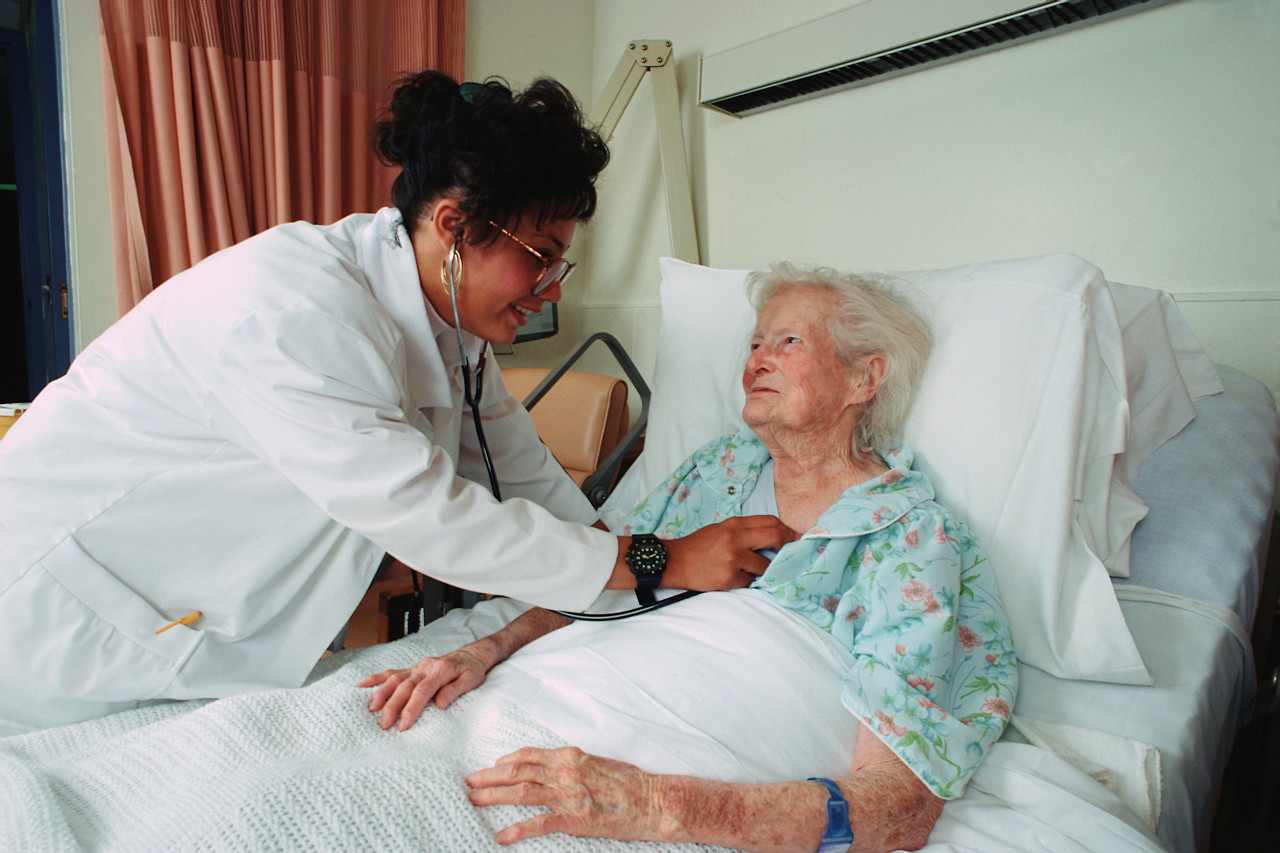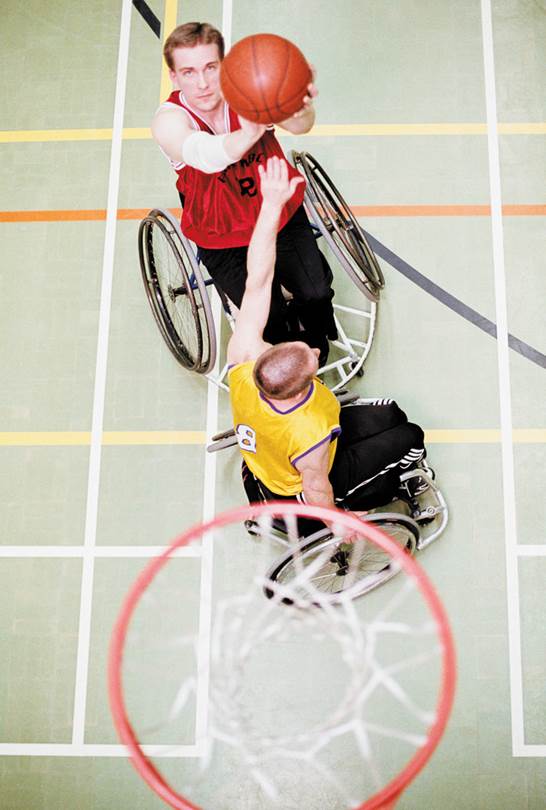
PTA 103 Week 2
Deconditioning and Universal Design
Welcome to Week Two
PTA 103!
Physiological monitors and patient support equipment provide much needed technology to maximize healing and function from illness and injury. These devices also sustain life for individuals who would not otherwise survive without it. A necessary consequence of this added technology is prolonged bed rest. In this lesson, we will explore how adaptations to bed rest effect body systems and rehabilitation potential. Specifically, we will learn how PT can minimize complications associated with prolonged bed rest

By the end of this lesson, you should be able to

In PTA 100, your Pagliarulo text book and Moodle resources summarized tests and measures used in physical therapy. You were exposed to the Guide to PT practice patterns, and PT tests and measure categories. 1. We recommend reviewing the Test and Measures Flash Cards, so that you can refresh your knowledge of each of the categories. You may want to go back through your PTA 100 text (Chapter 11) and Unit 3 Exam notes, specifically on the Cardiopulmonary section. Reviewing the PT tests and measures and medical tests/procedures/cardiac diagnoses should help lend more meaning to the discussion of pathology as it relates to bed rest.

The Power Point (click here) provides a case example and then summarizes the effects of bed rest on the body systems.
Regardless of the pathology, the impacts of ( and the rehab approaches for) deconditioning - reconditioning remain the same. The Power Point has specific references to patients of advanced age, so you can start to distinguish particular considerations for the geriatric population.
Summative information from the Cameron text is included in the Power Point. We recommend going through the Power Point first and then completing the Cameron readings for specific information on indications for selected tests and measures used for treating the effects of bed rest. Cameron does a great job of providing specific quantitative references of what is considered normal and impaired. Spend some time with the section on Exercise Intensity, and practice calculating maximum HR methods and HRR reserve methods for exercise prescription. Be sure to pay attention to the Tables and Boxes. Specific Test and Measure criteria are available in the text. It may be helpful to look over the standardized tests to give some context into the types of questions/activities that are used to determine functional outcome/capacity. As a PTA, it is important that you understand the expectations for decreases in function (physiologically and in ADLs) so that you can select, prioritize, modify, and discontinue treatment in safe and effective ways.

Remember the big picture...could you explain to a patient why it is important for their heart, lungs, muscles, bones, bowels, skin, and mood to get out of bed? Do you have some strategies to maximize confidence and success? Can you recognize and interpret signs, symptoms and outcomes that would require communication with the PT? When would you coordinate interventions/recommendations with other members of the health care team? How are you going to document patient response and progress to justify skilled services and medical necessity?

Multiple body systems are negatively impacted by bed rest. Changes can occur in as early as one week:
Universal Design
"Universal Design is a framework for the design of places, things, information, communication and policy to be usable by the widest range of people operating in the widest range of situations without special or separate design. Most simply, Universal Design is human-centered design of everything with everyone in mind." – Adaptive Environments, 2006 Last term, you all briefly experienced Lane from the point of view of a person who uses a wheelchair. Recall some of the barriers and challenges as you move through this lesson. PTAs will make recommendations to patients and family members on home and office adaptations to ensure access as mobility and safety needs arise. Additionally, PTAs advocate for improving access to public spaces (parks, basketball courts, State and U.S. Court houses, libraries, and nature trails)


Content is based on your text books (Cameron and Pierson/Fairchild)
Standard w/c width is 30" and length is 48". This means that doorways, hallways, and other openings in homes must be at least 32" to allow access for w/c users. A opening width of 36" is the preferred size. A hallway needs to be 36" wide to allow for passing space for a w/c user or a person using an ambulatory aid. Widths of 32" are allowed for lengths shorter than 24". A w/c requires 60"x 60" of clear space in able to make a 180 degree pivot turn if able to use both wheels. If only one wheel is able to be operated, a turning space of 60"x 72" is required. W/c users have a forward reach of 24", if the armrests cannot pass under objects it is reduced to 17-19". Maximum high reach is 54" and maximum low reach is 9". A counter top needs to provide 24" of space to accommodate legs and must be 30" high for armrests to fit under it. Minimum height of work surface to allow legs to pass under is 27".
Ramps must be built to a rise to run ratio of 1:12 as a general principle. That means that for every one inch of height that is being overcome, the ramp must be twelve inches long. Accommodating a simple, single 4" step into a house requires a ramp that is 48" long. There are more specific requirements regarding slope, but they must all be between 1:8 and 1:12.

In PTA 100, you learned about the ADA. Chapter 13 of your Pierson text includes a review of the ADA and then moves to specific assessment considerations. We recommend you read the ADA section to help provide a legal context for the importance of universal design. ADA terminology (history, titles, etc.) was covered in PTA 100, and we feel reviewing the basis for ADA will make the Universal Design activities more relevant to you as a future PTA. Pierson uses the 'Boxes' to highlight specific procedural recommendations for assessment: use these Boxes as your study guide for the objectives. As you read, place yourself in the role of the assessor. What person-first language considerations should you prepare for during the interview process? What individual/cultural considerations might you encounter when making recommendations? The home environment is a very private and individualized space. Keep in mind that although improving access/safety may be your goal, patient-centered means advocating for effective change and allowing the patient and family to make an informed choice. Universal Design concepts are also used in education to ensure all learners have access to instruction (e.g. individuals with learning disabilities, students in ESL programs, mature learners, etc). For the purposes of this course, we are limiting the definition of universal design to addressing mobility needs. Seven principles of Universal Design are included in this Moodle book.
Pierson/Fairchild Chapter 13.
In many space design considerations, we design the space for "ourselves". Basically, by design, the user is implied to be:
Many "interfaces" or places where the user accesses a space, product, service (e.g., computer and Internet based activities) can be too challenging to allow access. Some users may have temporary or permanent disabilities that interfere or prevent access to a product. For example:
Technology can often bridge the gap in accessing services and information. However, technology used in industry and in mobility devices must also follow principles of universal design.

Universal Design
Power Point
This power-point is an extensive resource to help in your education of Universal Design/UD, the history of UD as well a rich understanding of the principles of UD.